It recently came to my attention that some of my college friends from outside of the midwest have never experienced the pure, cheesy glory of cheese curds. For those that salivated when reading this title, props to you. You’re probably from Minnesota or Wisconsin, and you’ve clearly been raised correctly. For those of you that haven’t had the sincere pleasure of eating a cheese curd – listen up. This article is going to tell you everything you need to know, and if there’s one thing I know, it’s that after reading this, you’ll be craving curds in no time.
1. “Curds” are milk solids
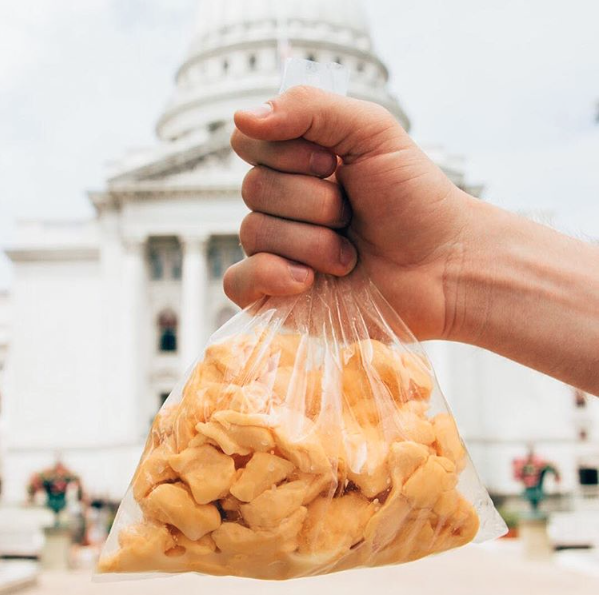
Photo courtesy of @curdsonthewhey on Instagram
During the process of making cheese, milk is heated up, which causes it to curdle. Cheese curds are created halfway through the milk to cheese transformation, so a cheese curd is essentially like the toddler form of cheese.
2. There are two types: fresh and fried
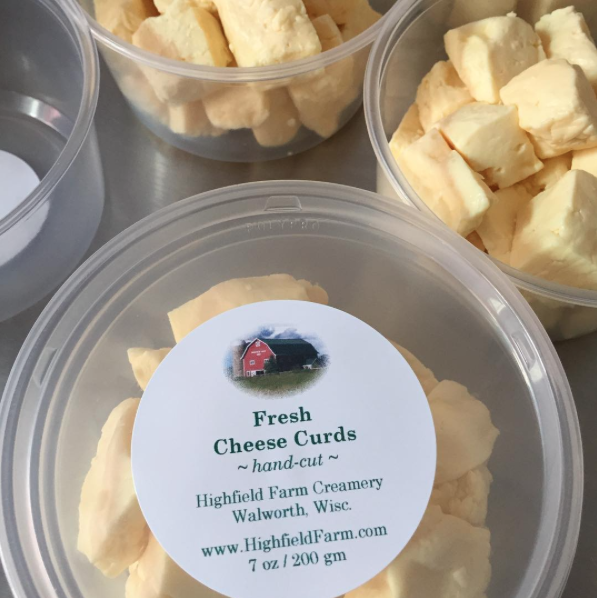
Photo courtesy of @highfieldfarmcreamery on Instagram
It turns out that when people talk about cheese curds they don’t just mean the fried fair food. Before a cheese curd is fried, it’s still a cheese curd. Also, most cheese curds are made from cheddar cheese, so they’re either yellow or white in color.
3. They’re super rare
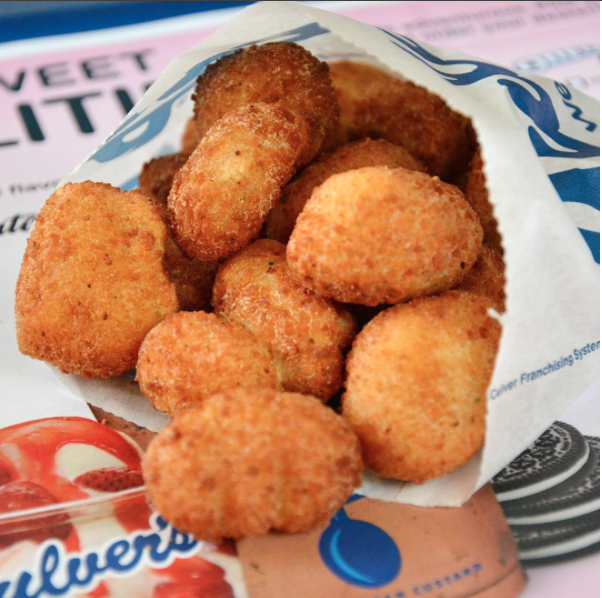
Photo courtesy of @culvers on Instagram
Cheese curds are only available around cheese factories. Why? They’re only good if they’re super fresh, so they can’t really be shipped anywhere. A cheese curd is considered fresh within 12 hours of being made, so you can see why they’re only found near cheese factories in the midwest.
4. They’re supposed to squeak when you eat them
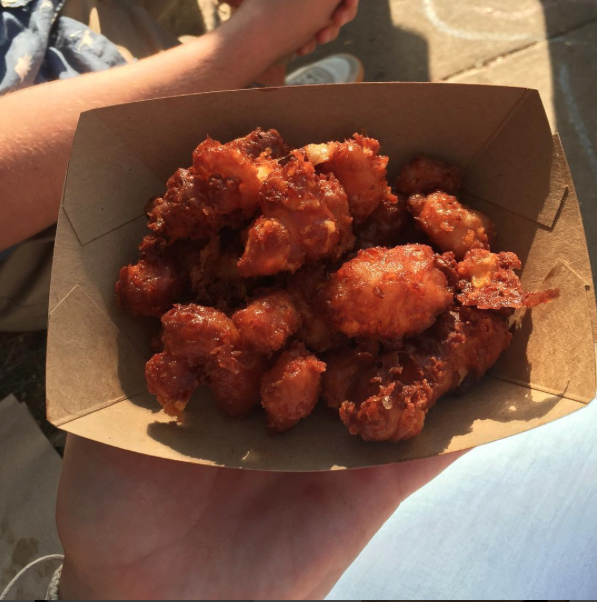
Photo courtesy of @thedailycurd on Instagram
The way to know if a cheese curd is true is by the noise it makes. Cheese curds differ from regular cheese because they have a more rubbery texture, so they should make a weird squeaking noise against your teeth when you eat them. If it doesn’t squeak, it either isn’t fresh, or it isn’t a real cheese curd. However, there is good news. You can restore that squeak by microwaving your curds for a few seconds.
5. It’s all in the milk
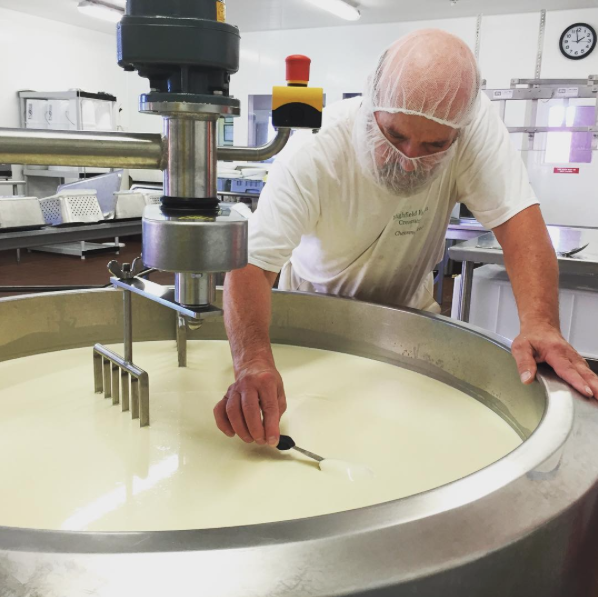
Photo courtesy of @highfieldfarmcreamery on Instagram
You need quality milk to make quality cheese curds – it’s as simple as that. For more on the curd making process, hit up Wisconsin’s website dedicated to cheese curds here.
6. In Canada they’re called “Poutine”
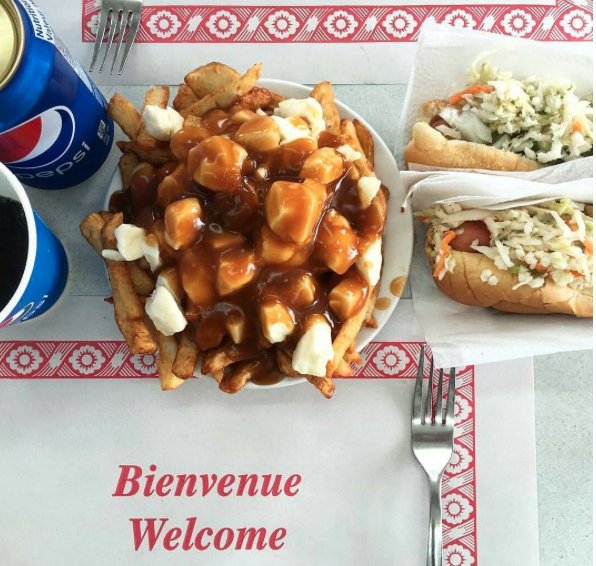
Photo courtesy of @mtlblog on Instagram
Besides Wisconsin, Quebec is the only other place where cheese curds are mass produced. They’re a part of a popular Canadian dish called Poutine, which is basically french fries with fresh cheese curds and gravy on top. Sounds delicious, I know.
I know cheese curds kind of look like weirdly dense cheese puffs, but I promise you they are an extraordinary midwestern food. Hopefully this article has shown you what a life with cheese curds could be like, and I hope it has made you aware of the gaping cheese curd-sized hole in your palate. Please, go out to your local state fair and sample these ASAP.




